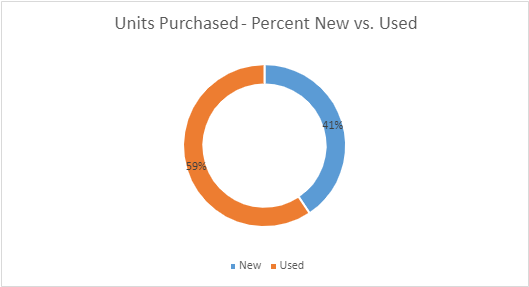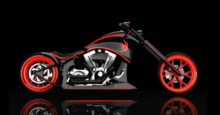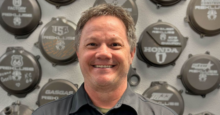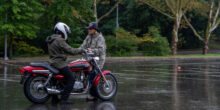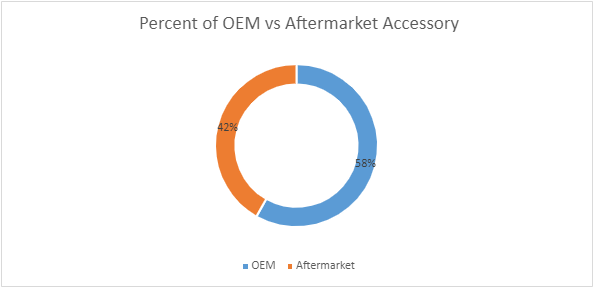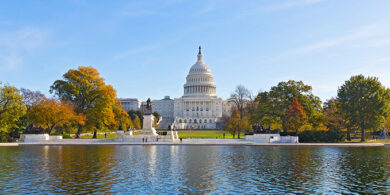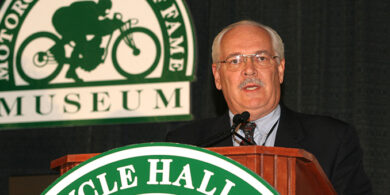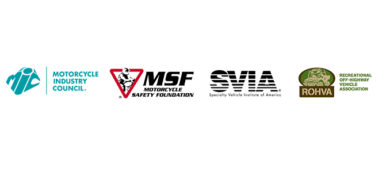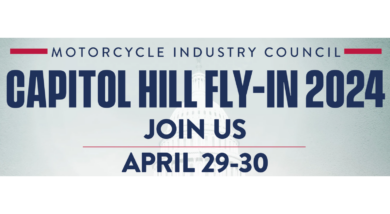The V-twin motorcycle market is cruising ahead
With its distinctive rumble and iconic design, the V-twin engine has carved out a significant segment in the motorcycle market. The V-twin has proven its versatility and enduring appeal, from classic cruisers to high-performance sportbikes. V-twin motorcycles are primarily associated with traditional heavyweight manufacturers like Harley-Davidson and Indian Motorcycles, whose lineups almost exclusively include bikes over 900cc powered by V-twin engines.
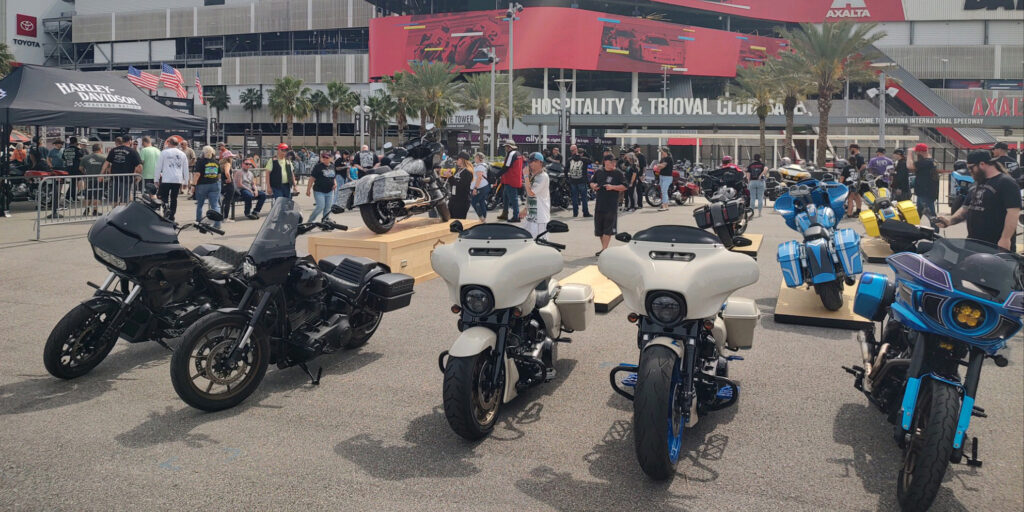
However, the market is slowly shifting away from some of the traditional underpinnings tied to the segment’s success at the beginning of its reign. Air-cooled engines are falling out of favor for more emissions-compliant, water-cooled engines. Older riders are bowing out of the sport in greater numbers, leaving a deficit of buyers for these machines. All is not lost, however, as younger riders are returning to the DIY building basics, buying used bikes and updating them with a wide range of aftermarket parts available for this segment. One of our sources thinks the shift is taking place because the new bikes are so much more expensive, and younger riders don’t have the disposable income of older riders.
We also tasked Lightspeed with pulling data on the V-twin segment from their dealers, where they had more than 30,000 data sets to analyze. The main thing that stands out is the strong demand for V-twin bikes. Whether that ultimately converts into selling a new or used motorcycle is a different story.
History
The origins of the V-twin can be traced back to the early days of motorcycling. In the early 20th century, manufacturers like HarleyDavidson and Indian Motorcycle began producing motorcycles equipped with V-twin engines. These machines quickly gained popularity thanks in part to WWI, where motorcycles replaced horses. Over the years, the V-twin layout evolved, with technological advancements leading to power, efficiency, and overall performance improvements.
In the U.S., the rise of the motorcycle after WWII was not economic but instead based on our changing culture. Unlike Europe, the U.S. did not suffer any damage from the war but experienced an economic boom that lasted through the post-war era. The domestic auto industry was no longer making products for the military and focused on inexpensive cars. For this reason, motorcycles were not seen in the same light that European motorcycles and scooters were. Instead, they were seen as a social and personal statement, and this caused American motorcycle history to play out somewhat differently than it did in Europe.
Trends
Today, the V-twin motorcycle market encompasses various styles and segments. The classic cruisers are at one end of the spectrum, characterized by their low-slung frames, relaxed riding positions, and distinctive V-twin rumble. Brands like Harley-Davidson and Indian Motorcycle dominate this segment, offering a diverse lineup of models to suit every taste and preference.
Recently, there has been a growing trend towards performance-oriented V-twin motorcycles. These machines combine a V-twin engine’s unmistakable sound and feel with cutting-edge technology and aggressive styling. Models like the Ducati Diavel, Indian FTR 1200, Harley Fat Boy, and Sportster S represent the pinnacle of V-twin performance.
While the under−40 crowd still wants performance, they are more on a budget. Many of these guys and girls are more willing to do the work themselves, sort of going back to the beginning of motorcycling when people were building bikes in their garages. This trend has led to a strong pre-owned market for older model V-twins such as Sportsters and Softtails
Rallies, rides, and bike weeks
Daytona Bike Week, Sturgis Rally, and many other smaller events throughout the year encapsulate the V-twin segment, historically centered on social gatherings. We attended Harley-Davidson’s 120th Homecoming last year, and it was a massive success with more than 100,000 people visiting the birthplace of the brand in Milwaukee, which also included a two-day concert series with top bands such as the Foo Fighters and Green Day as headliners. The event was so successful that Harley’s president and CEO, Jochen Zeitz, declared that homecoming would become an annual event starting this year.
One of our team members visited Daytona Bike Week in March and confirmed a strong presence of enthusiasts and riders. While these events continue to evolve, the culture and camaraderie remain the same. Bikers like to hang out with other bikers.
Vendors flock to rallies such as Bike Week and Sturgis to sell parts and accessories because they can reach the riders where they are, typically make a sale, and install the parts on-site. One vendor we spoke with said they doubled sales during Bike Week this year over last year. While some hotels grumbled about lower occupancy rates than the previous year, many rode in from all over the region for at least a day to take it all in.
According to a report in the Daytona Beach News-Journal, merchants on Main Street said business was booming this year. Still, area hoteliers had more difficulty filling rooms, likely due to the weather forecasts. Attendance for Bike Week has been estimated to be around 300,000−400,000. But this year, the Chamber of Commerce is using cell phone data called Geofencing to estimate attendance, which should be more accurate, and we are awaiting those numbers.
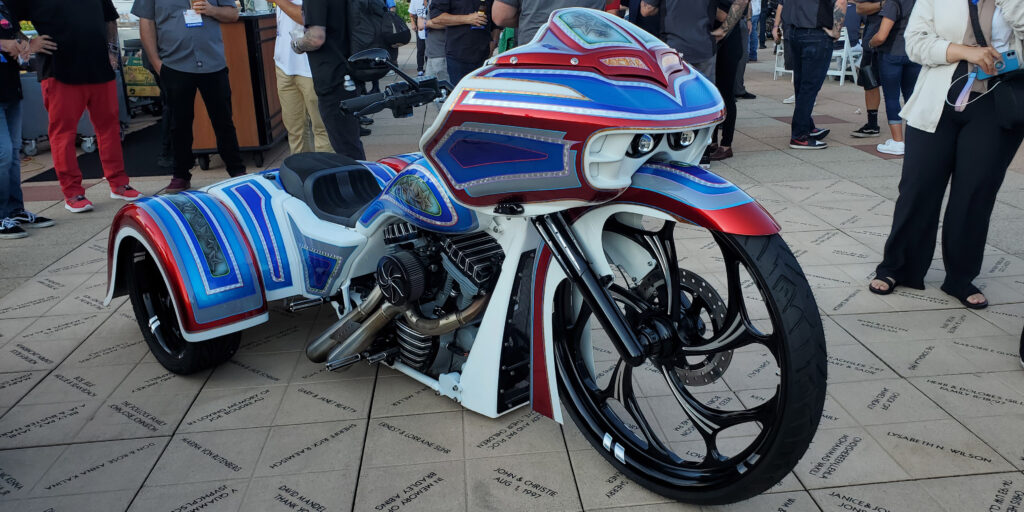
Outlook
As we look to the future, the V-twin motorcycle market shows no signs of slowing down. With advancements in engineering and design, manufacturers continue to push the boundaries of what is possible with the V-twin configuration. The next generation of V-twin motorcycles promises to deliver an unparalleled riding experience, but the push for electrification may cut into market over time.
Furthermore, as environmental concerns become increasingly important, we expect to see more emphasis on sustainability and ecofriendliness in the V-twin market. Already, some manufacturers are exploring alternative fuels and propulsion systems, ensuring that V-twin motorcycles remain relevant and viable in a rapidly changing world.
Our American Rider team member says that we shouldn’t be surprised if Harley brings the Sportster back at some point. And he’s not referring to the Sportster S, powered by a bigger 1,250cc Revolution Max water-cooled engine. He says the Motor Company is notorious for relaunching bikes that have been discontinued at some point. He predicts they will bring it back in some form. He’d like to see a good under 500cc V-twin-powered bike, and perhaps that might be coming from an overseas partner. This could be a possibility as it seems unlikely that Harley would put much of their own effort into a low-margin bike.
Harley is also heavily involved with the custom crowd, and the younger generation that attends shows like Mama Tried, V-twin Visionary, and other performance H-D shows. A strong community of young builders and customizers also form their own sub-communities within the broader V-twin cruiser segment.
Our teammate notes that younger builders are much more into DIY or Rat Rod-style, which is not as over the top as custom builders used to be. “The OCC revolution is mostly a thing of the past. No one is spending that kind of money on a custom bike anymore,” he says.
Final thoughts
With its rich history, diverse lineup of models, and passionate community of riders, the V-twin continues to captivate enthusiasts worldwide. Whether your customer is drawn to the timeless appeal of a classic cruiser or a high-performance sport(y) bike, there’s a V-twin motorcycle for everyone. As we look ahead to the future, one thing is certain: the legend of the V-twin will continue to grow and evolve for generations to come.

